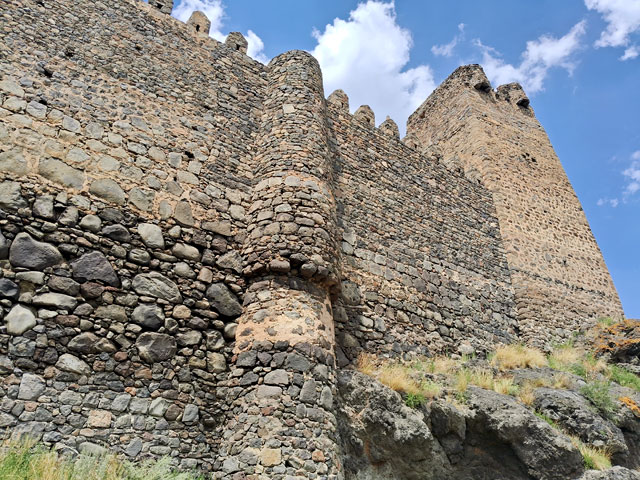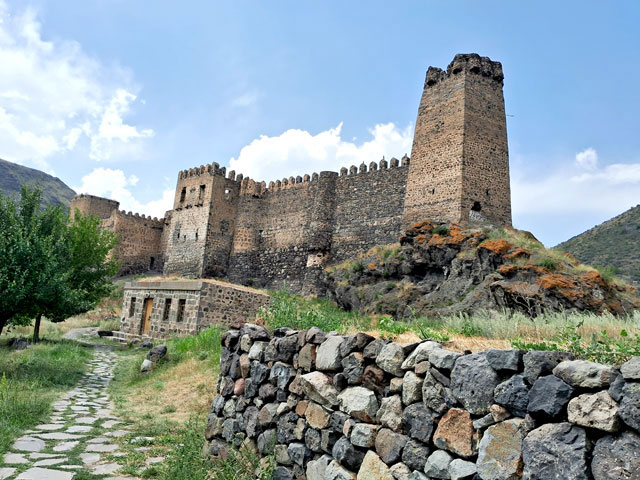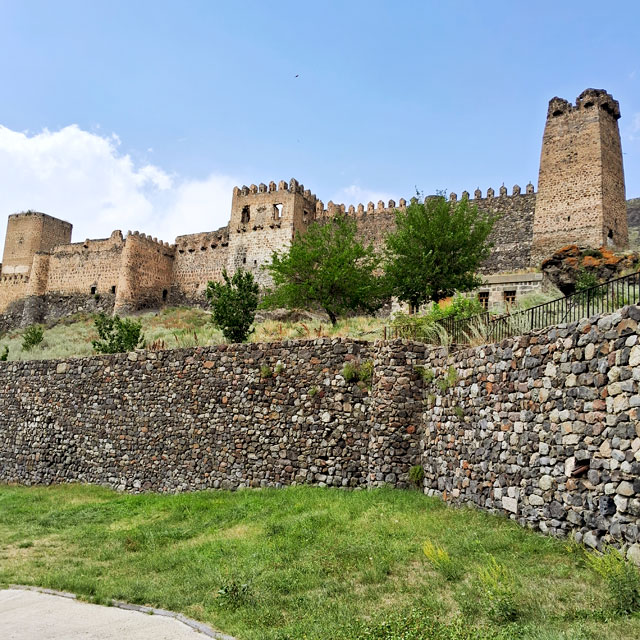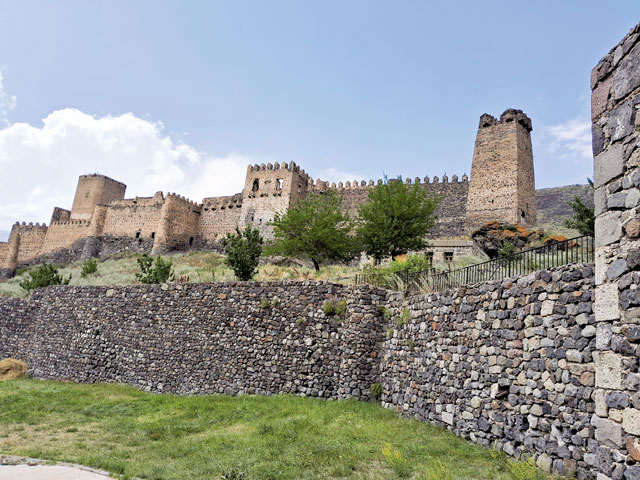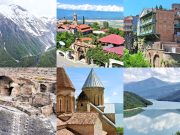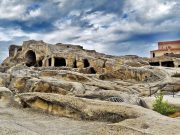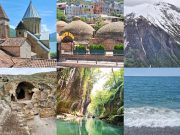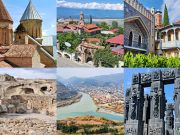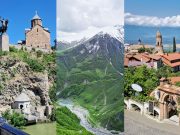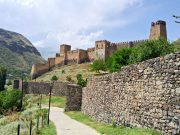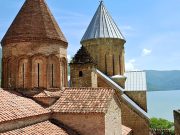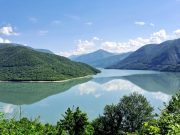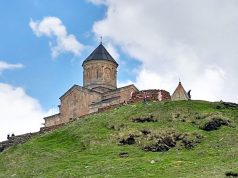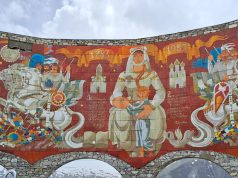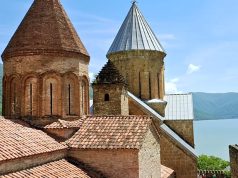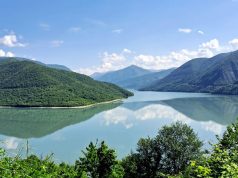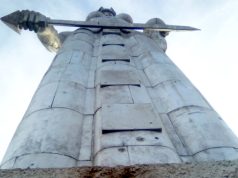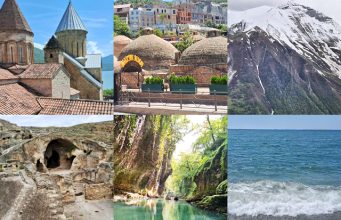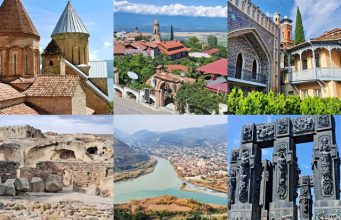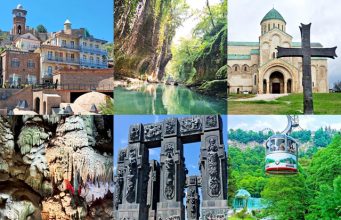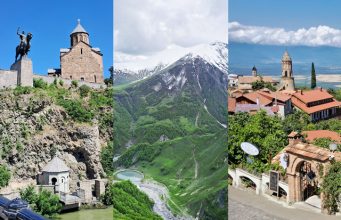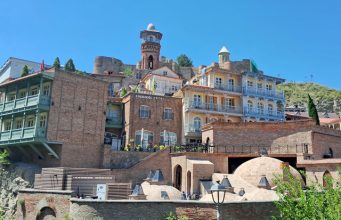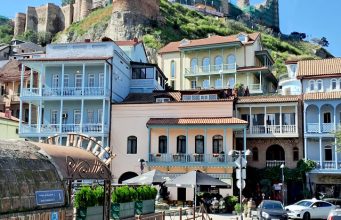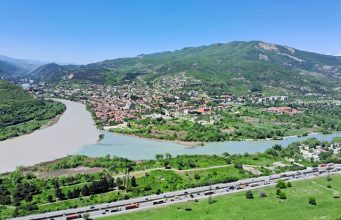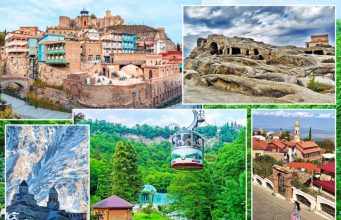Khertvisi Fortress is a medieval fortress in southern Georgia. It is located in Javakheti, in the village of Khertvisi, at the confluence of the Paravni and Kura rivers, on a high rocky mountain. Khertvisi was an active fortress throughout the feudal era.
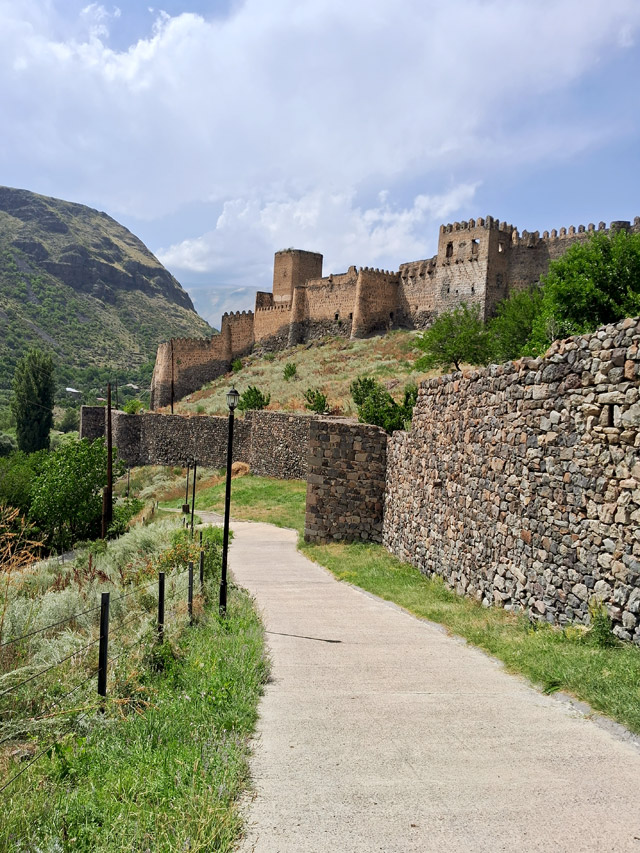
Due to its strategic location, the fortress controls two important valleys. The original date of its construction is unknown. In the 10th-11th centuries it was the center of Meskheti region. Khertvisi Fortress has played an important role in the historical life of the country for centuries.
The plan of the fortress follows the outlines of a rocky cape and is naturally adapted to the terrain. The main part of the fortress is occupied by the citadel.
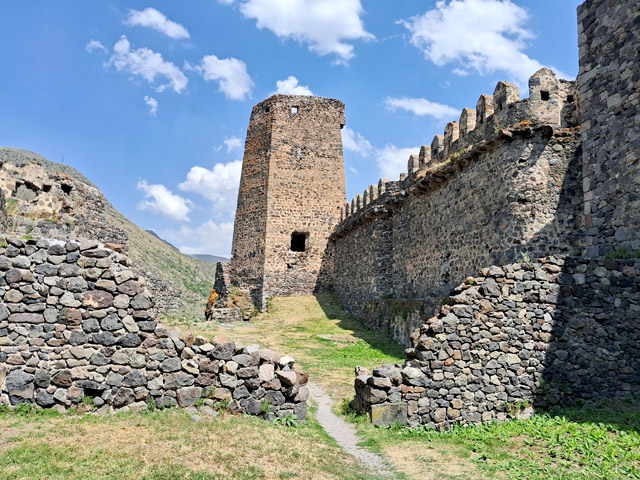
According to the chronicler Leonti Mroveli, Alexander the Great saw Khertvisi along with other Georgian fortified cities during his campaign to the East in the 20s of the 4th century BC. (however, historical science does not share the version about Alexander the Great’s campaign in Georgia).
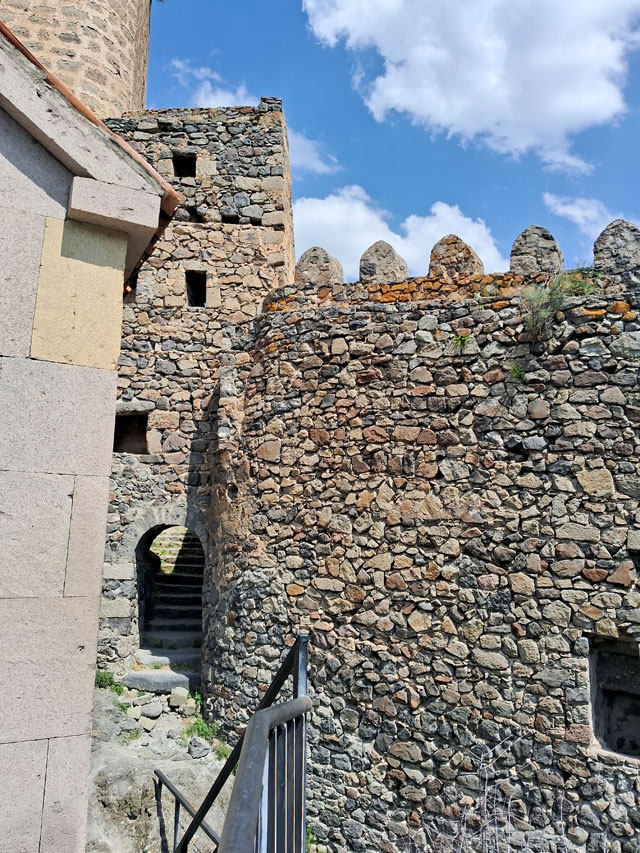
During the Ottoman expansion in southern Georgia, in 1578, the fortress was captured by the Ottomans. Later it became the center of the Ottoman administrative unit. In the 70s of the 18th century, it was captured by the Georgian king Erekle II.
Since October 24, 2007, the Khertvisi fortress together with the Vardzia monastery has been included in the preliminary list of UNESCO World Heritage Sites.
